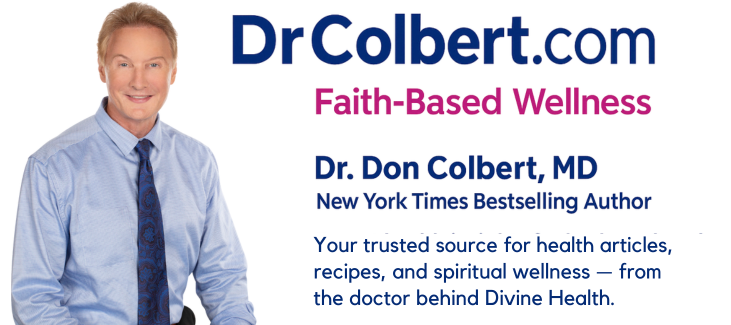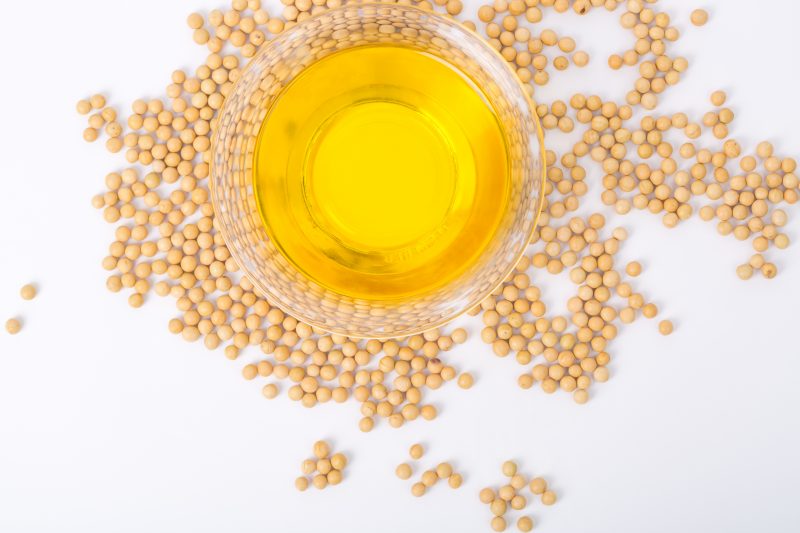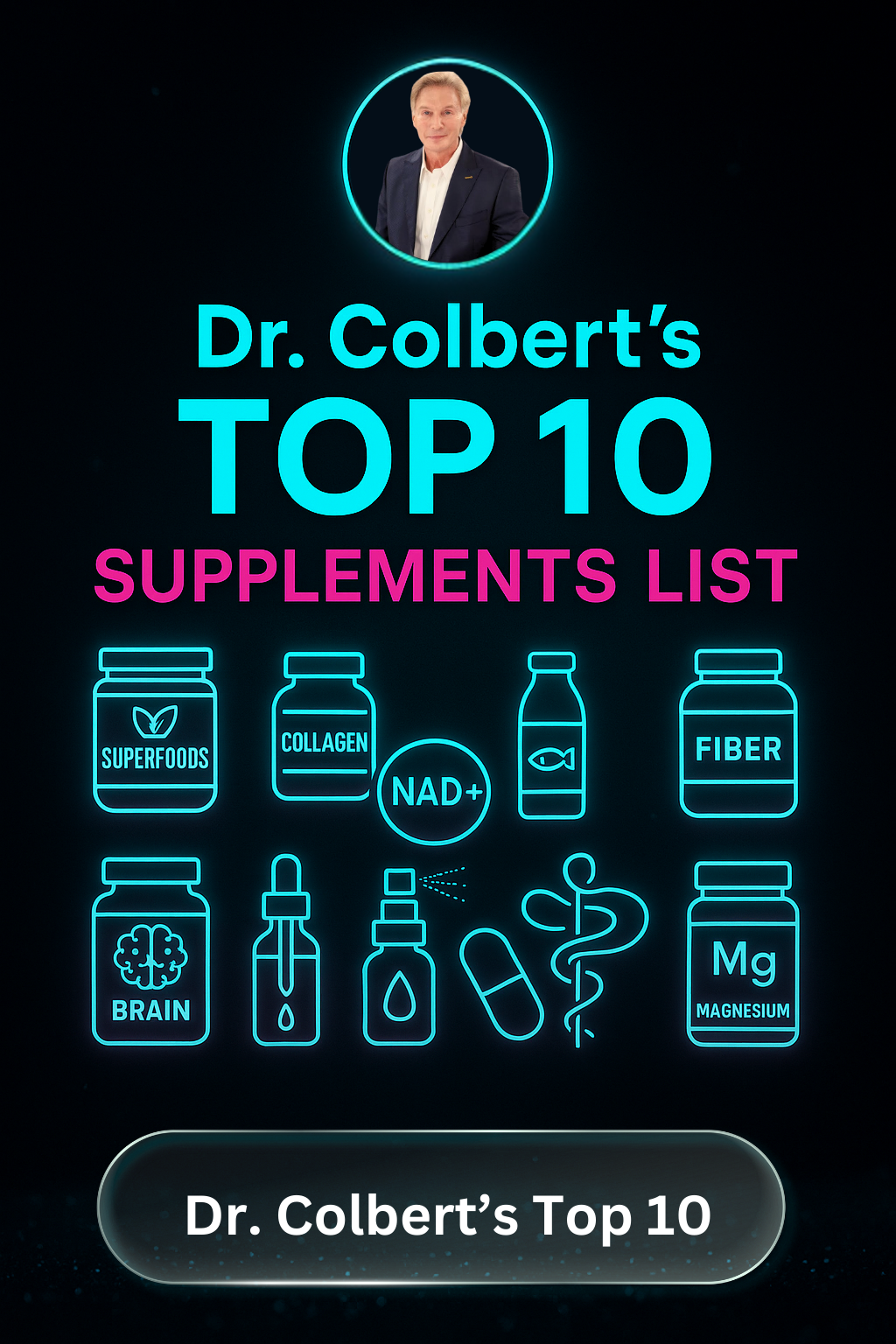Did you know you’re surrounded by one of the most harmful oils in the modern diet?
It’s in your fridge, pantry, and all over your grocery store.
While small amounts are actually necessary for health, large amounts cause a cascade of biochemical events that result in harm to your body.
What is it?
It’s soybean oil. By some accounts, Americans consume 28 billion pounds of oils annually, and 65% is soybean oil. Half of the soybean oil is hydrogenated.
Bad news.
Soybean oil promotes chronic inflammation which negatively affects your heart, brain, and entire body. And, it’s not the only harmful oil for which to watch.
Avoid soybean oil at all costs. Make Keto Zone Ginger Dressing instead.
Delicious Keto Zone Ginger Dressing
Ingredients:
- 3 cloves garlic, minced
- 2 tablespoons minced fresh ginger root (remember, the skin comes off easily with the side of a spoon)
- 3/4 cup extra virgin olive oil
- 1/3 cup rice vinegar
- 6 Tbsp liquid aminos or lite soy sauce
- 2 Tbsp water
- 2-3 tablespoons erythritol
Instructions:
- Mix all ingredients together.
- Enjoy over a fresh salad, or as a seasoning oil for stir-fries.
Nutrition Info (per 1 Tbsp): 52 calories, 6 gm fat, 0 gm net carbs, 0 gm protein
Why Omega-6 Risk Now?
Why are concentrated omega-6 oils and soybean oil a rising concern?
Two words: Processed foods.
Processed foods generally contain the cheapest ingredients possible in order to keep profit margins as high as possible. Cheap soybean oil is associated with declines in:
- Metabolic Health. Lab studies show that soybean oil is one of the most detrimental foods to metabolic health (1).
- Cardiovascular Health: Soybean oil has been shown to cause harmful abnormalities to cholesterol and triglycerides (2).
- Overall health and inflammation: Many studies have concluded that concentrated sources of omega-6 fats increase inflammation in the body (3).
How can you avoid this dangerous cheap ingredient at all costs?
Be diligent. Here’s how.
5 Steps to Reducing Harmful Oils and Concentrated Omega-6s in Your Diet
- Make as much of your food as you can at home. This is simple and important, but not easy. We all have busy schedules and homemade foods take time. But, you will know what ingredients go into your foods, and you can easily avoid the harmful ones.
- When you do buy commercial foods and condiments, look at every ingredient. Be on the lookout especially for soybean oil, any hydrogenated oils, and the concentrated omega-6 oils listed below.
- Avoid fast food as much as possible. Or, ask what oils are used. Fast food restaurants are also more interested in their bottom line than your health. Avoid foods that are fried or made with soybean oil specifically.
- When cooking, be careful what oils and fat you use. Here’s a quick list of what to use and avoid, with grams of omega-6s listed per 1 Tablespoon oil:
Use:
- Organic coconut oil (0.4 gm Omega-6)
- Olive Oil (1.3)
- Avocado oil (1.8)
- Occasional Use: high-oleic sunflower (0.5), high-oleic safflower oils (2.0)
Avoid:
- Safflower oil (10.1 gm Omega-6)
- Grapeseed oil (9.5)
- Vegetable Oil (7.9)
- Wheat Germ Oil (7.5)
- Corn Oil (7.3)
- Walnut Oil (7.3)
- Cottonseed Oil (7.0)
- Soybean (7.0)
- Sunflower Oil (5.4)
- Canola Oil (3.0)
5. When taking omega supplements, use supplements that contain only omega-3s, NOT omega-3 and omega-6 complexes. These complexes were first designed to deliver a healthy omega-6 to omega-3 ratio, but did not consider that most all modern diets are already overloaded with omega-6 fat! There’s no need to add more.
What Omega-6 to Omega-3 Ratio?
Experts believe that a diet with a ratio of 2:1 omega-6s to omega-3s has historically been the healthiest. That is, for every 2 grams of omega-6 consumed, 1 gram of omega-3 is consumed. However, this is almost impossible in modern times, and a ratio of 4:1 is a good goal (4).
Unfortunately, most Americans ratio is between 12:1 to 25:1!
Can You Simply Add More Omega-3s?
Adding more omega-3 foods and supplements will certainly help your health and ratio. But, only to a certain extent unless you also work to decrease omega-6 intake.
What About Natural Foods with Omega-6s?
What about the whole foods from which these harmful oils are derived? Like nuts.
While all nuts contain omega-6s and should be consumed in moderation, they do not contribute to the omega-6s nearly as significantly as their oils. Whole nuts’ fiber, protein, and other whole food nutrients slow the digestion and metabolism of the fats. They have redeeming healthful qualities.
Soybean oil does not.
Bottom Line
Be diligent in removing soybean oil from your diet, as well as other highly concentrated omega-6 harmful oils. Make as much food as possible at home using healthy oils, look at all ingredients in processed foods, avoid fast food, and supplement with a high-quality omega-3-only supplement.
The healthiest oil you can use is olive oil and the best olive oil available is grown in Greece. This is because Greek olive oil is high antioxidant polyphenols which scavenge free-radicals and prevent oxidation of the delicate monounsaturated fatty acids found in olive oil. You want to always look for 100% organic cold-pressed extra virgin olive oil for maximum freshness.
Get your own bottle of 100% organic high polyphenol Keto Zone Harvest Extra Virgin Olive Oil here.


















Comments are closed.